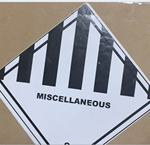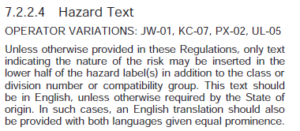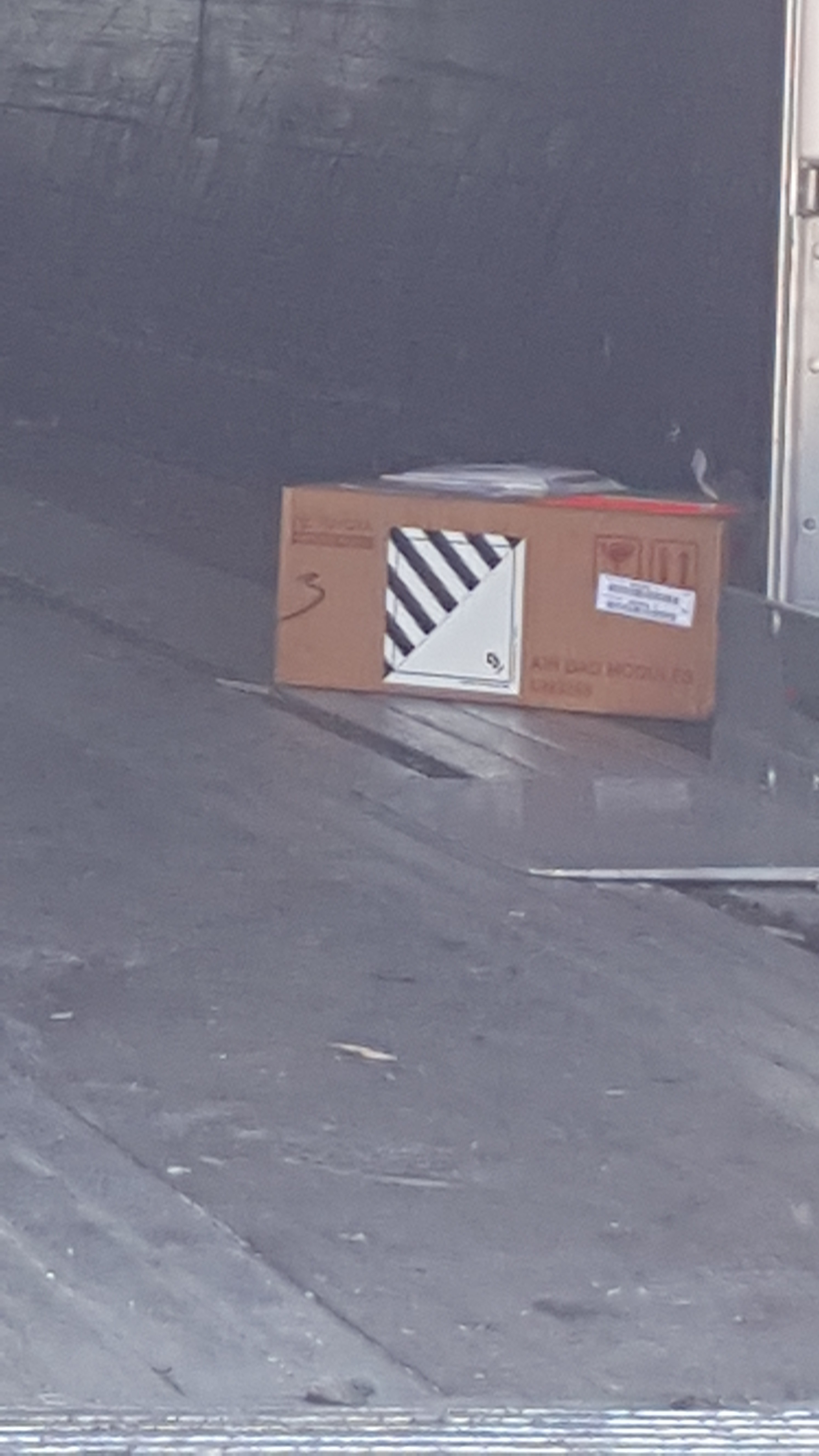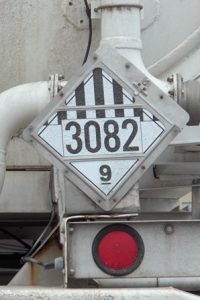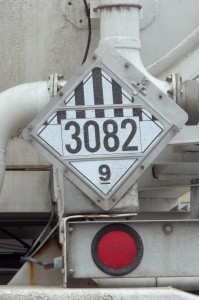A question from half a world away on November 11, 2017:
Hi Daniels Training Services
I’m <<Name>> from Vietnam. My company has used DG hazard label – class 9 Miscellaneous with word (there is word “Miscellaneous”) shipment of battery UN3480, PI965 Section IB.
My question: is this label Class 9 with word compliance with IATA’s requirement or not ?
Because I’ve seen two kind of Class 9 label :
- DG hazard label – class 9 Miscellaneous with word
- and DG hazard label – class 9 Miscellaneous without word
I don’t DG hazard label – class 9 Miscellaneous with word is ok to use or not ?
Thanks
My reply that same day:
Thank you for contacting me. I will try to answer your question below:
- A lithium battery shipped according to PI965, Section IB must display one of the following Class 9 labels:
- Class 9 Miscellaneous is acceptable for use until 12.31.18 but may not be used after that date.
- Class 9 Lithium Battery is acceptable as of 01.01.17 and is mandatory as of 01.01.19.
- 7.2.2.4 of the IATA DGR allows for the display of information such as the hazard class name (e.g. Miscellaneous) in the bottom part of the label as long as the text does not obscure or detract from other required information. If used, text should be in English.
- 7.2.2.4 also forbids the display of text in the lower half of the Class 9 Lithium Battery label.
In sum:
The label you indicate is acceptable for shipments of lithium batteries with the word “Miscellaneous” displayed but only until the end of 2018 (12.31.18). After that date the Class 9 Lithium Battery label must be used. You may continue to use the label you indicate after 12.31.18 but not for shipments of lithium batteries. It may be used for other Class 9 Miscellaneous dangerous goods.
Read: Replacement of the Class 9 Miscellaneous label with the Class 9 Lithium Battery label
I hope this helps. Please don’t hesitate to contact me with any questions.
Contact me with any questions you may have about the transportation of hazardous materials by air, highway, vessel, or rail International and Domestic Daniels Training Services, Inc. 815.821.1550 |
He replied gratefully the next day (but it could have been the same day in Vietnam, I’m not sure how that works):
Hello Daniel,
Thanks so much for your promptly feedback about my question.
To me, it’s excellent answer and details. It’s over my expectation.
Your explanation of Class 9 Miscellaneous with word “Miscellaneous” is clear. it help me to solve the issue we are facing with DG team at airport. They said my label Class 9 Miscellaneous with word is wrong label because there is word “Miscellaneous” on the label.
My team has used this label Class 9 Miscellaneous with word for DG shipment in many years, but now DG team airport told me it was wrong label, so i needed to find evidence or IATA document talk about this.
Again, thanks for your feedback. Specially remind time out of using old label Class 9 (31.12.2018), also point 7.2.2.4 of the IATA DGR allows for the display of information such as the hazard class name (e.g. Miscellaneous) in the bottom part of the label.
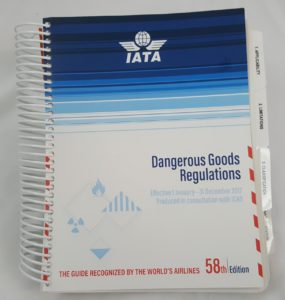 But we weren’t done! Two and one half (2 1/2) hours later the guy’s problems aren’t over so he contacts me again:
But we weren’t done! Two and one half (2 1/2) hours later the guy’s problems aren’t over so he contacts me again:
Hello Daniel,
Sorry , bother you again.
I tried to search in internet to find the state 7.2.2.4 to talk about the IATA DGR allows for the display of information such as the hazard class name (e.g. Miscellaneous) in the bottom part of the label as long as the text does not obscure or detract from other required information.
However, I just found 7.2.2.4 in 54th Edition IATA Dangerous Goods Regulations (2013) only, while version now is 58th (2017).
Is the under state 7.2.2.4 of 54th edition IATA DGR OK to show with the DG team at airport ?
I means I want to tell the DG team at airport that the 7.2.2.4 allows to show word “Miscellaneous” on lower haft of Class 9 label, and persuade them to accept this my label.
Thanks
I had to help this guy! It took me until the afternoon of the next day:
I apologize for my delay in replying to your latest question. Please see below.
- Even though the regulations may not have changed since 2013, it is not acceptable to use older editions of the IATA DGR to determine compliance.
- This particular regulation has changed since 2013. I know this because in the 58th Edition (see below) there is an open triangle near the entry which indicates a change from the previous (57th) edition.
- You are unlikely to find any recent editions of the IATA DGR on-line since they must be purchased from IATA or some other supplier.
- If you ship dangerous goods by air you must have access to the IATA DGR. I recommend you purchase yours from ICC Compliance Center.
- Also, you and your employees must receive training on the IATA DGR every two years. I can provide this training.
I hope this helps.
Please don’t hesitate to contact me with any other questions.
Like this article? Subscribe to my Monthly Newsletter No marketing emails! |
His reply late that day seemed to indicate all was well:
Daniel,
Thanks for your information.
It help so much.
Conclusion:
I never did find out the end of the story but I’m hopeful once he was able to show the airport personnel the applicable regulations (for that time) he was able to get his hazardous material on its way to its destination. This is a good example of how knowledge of the regulations not only ensures compliance but is critical in working through misunderstandings such as this.

